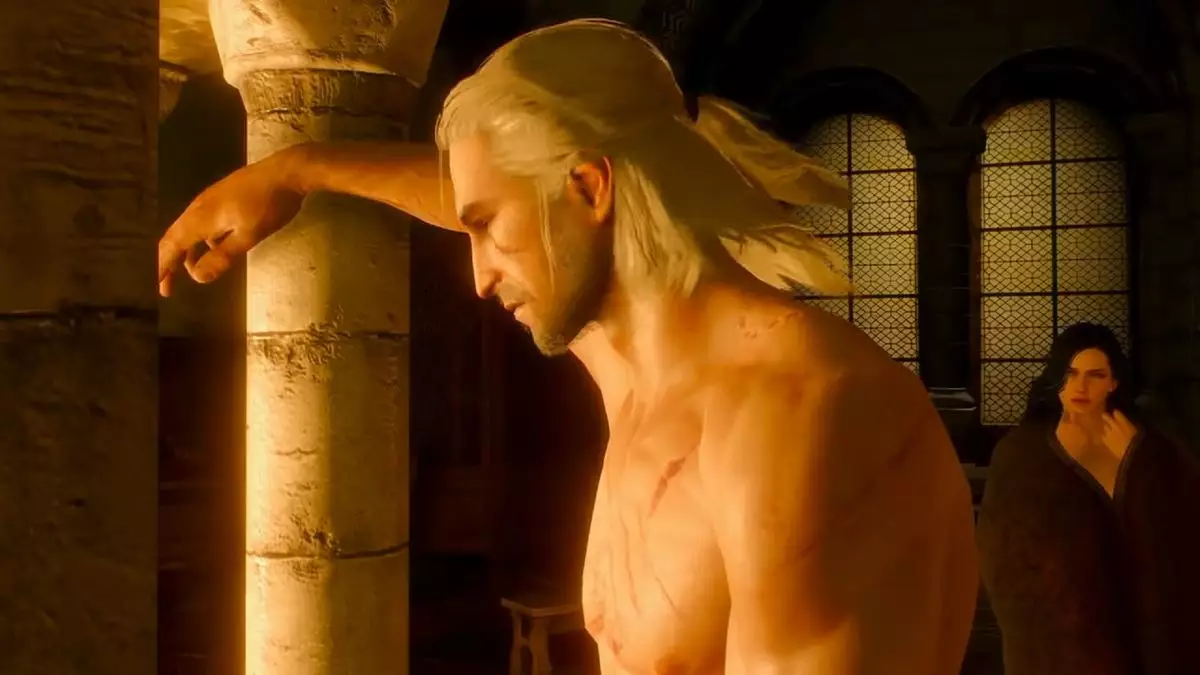In the world of video game development, the innovation often walks a tightrope between risk and reward. Former lead quest designer at CD Projekt Red (CDPR), Mateusz Tomaszkiewicz, exemplifies this delicate balance in his new endeavor, Blood of Dawnwalker. Historically known for his work on The Witcher 3: Wild Hunt—an installment that revolutionized open-world RPGs—Tomaszkiewicz’s insights into game design have never been more relevant. His recent reflections reveal the intricate considerations that developers face, particularly when merging expansive storytelling with the open-world format.
The Challenge of Storytelling in Open Worlds
When CDPR embarked on the journey to create The Witcher 3, a palpable sense of uncertainty loomed over the project. Developers grappled with how players would engage with a prolonged narrative within an open-world context. This concern is not merely academic; it speaks to a fundamental aspect of gameplay experience. The linear storytelling seen in previous titles often provided players with a clear narrative path, while open worlds present myriad distractions that can lead to disengagement from the main story. The apprehension within the development team stemmed from a genuine fear that their ambitious ideas may not resonate well with audiences.
The essence of risk-taking in game design is beautifully illustrated by Tomaszkiewicz’s acknowledgment of the major gambles taken during the creation of The Witcher 3. By blending the deep, character-driven stories characteristic of earlier titles like The Witcher 2 with the open-world gameplay style, the team ventured into uncharted territory. This blend not only posed challenges but also required innovative solutions to mitigate those risks. Tomaszkiewicz’s admission that the team was uncertain whether players would appreciate such depth in an expansive game environment showcases the broader dynamics involved in game development.
In hindsight, the risks undertaken by the CDPR team paid off spectacularly, with The Witcher 3 being lauded as one of the greatest RPGs of all time. This triumph raises important questions about player expectations and preferences: are gamers ready to embrace intricate narratives within less structured gaming environments? As Tomaszkiewicz pivots to his latest project, Blood of Dawnwalker, which introduces a distinctive mechanic of “time as a resource,” he continues to embrace the kind of risk that can elevate a game beyond conventional standards. His past experiences have undoubtedly equipped him with the wisdom needed to tackle these challenges head-on.
As developers like Tomaszkiewicz explore new boundaries within the gaming medium, the question of how to retain player engagement within sprawling narratives remains a crucial consideration. His journey illustrates the importance of innovation in tracking player experience, a dynamic that will shape the future of expansive game design. The notion of weaving intricate stories into open-world frameworks is not merely a concept; it is a challenge worth taking for those willing to bet on their vision. As the gaming industry continues to evolve, the blend of risk and narrative will surely remain at its heart, inviting players to explore their stories in ways previously unimaginable.

